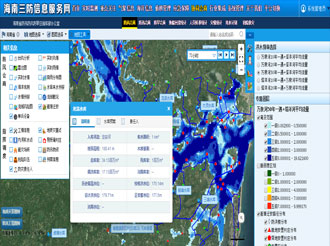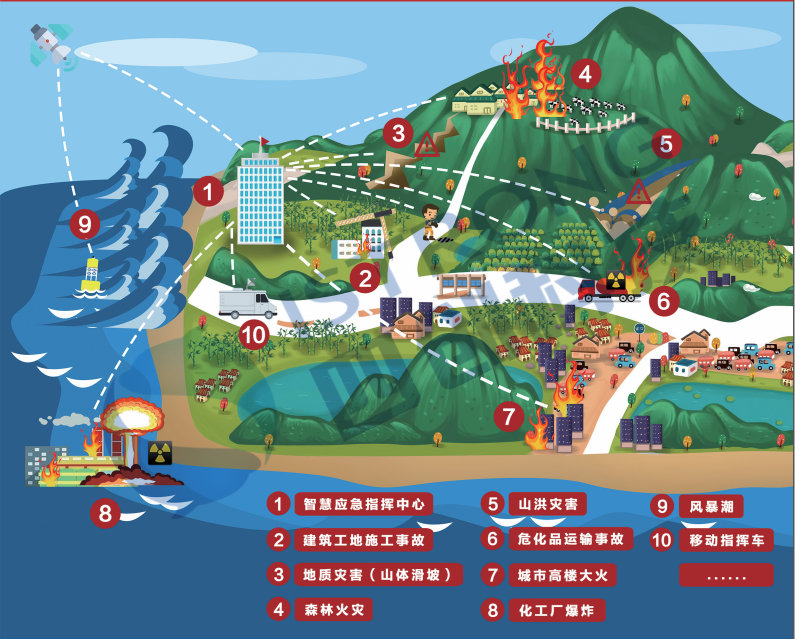
Digital Twin Smart Emergency Platform
To prevent major safety risks and defend against natural disasters, ISTRONG has independently developed the Digital Twin Smart Emergency Platform, based on 22 years of experience in flood control and emergency information management. The platform integrates information resources from relevant departments, achieving a deep fusion of information technology and emergency management services. It provides support for risk prevention and control, emergency response, collaborative command, and vertical coordination, offering information-based support to enhance disaster prevention, mitigation, and relief capabilities.Construction Content
Based on data standards, with data governance as the foundation, data analysis at the core, data services as the goal, and data security as the guarantee, we build the Emergency Management Big Data Center.
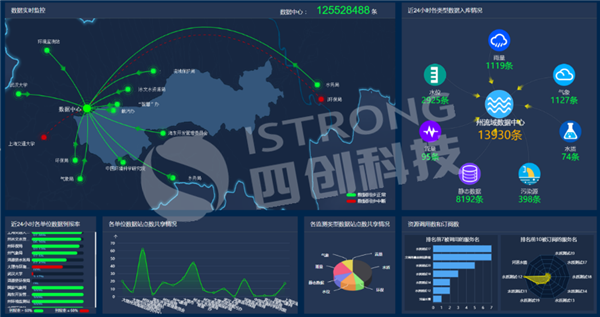
Improve administrative enforcement, daily supervision, and inspection assessments to ensure clear regulatory data, standardized business processes, and compliant management according to the law.
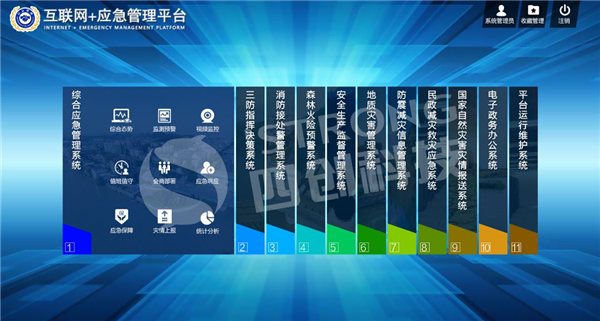
By integrating and fusing wide-area, multi-source monitoring data, standardizing processing, and providing visual representation, we achieve comprehensive monitoring and early warning of risks such as natural disasters, safety production, critical infrastructure, multi-hazard coupling, and internet public opinion.
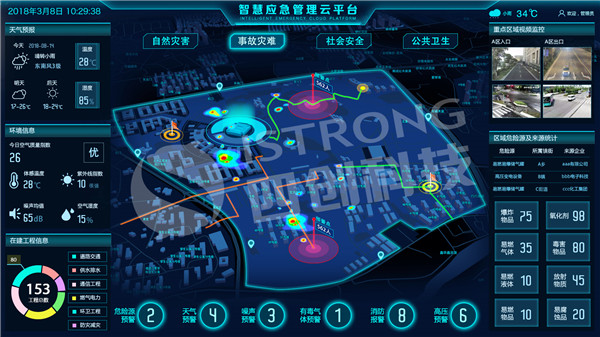
We perfect specialized command and rescue systems for different disaster situations, such as production safety, geological disasters, typhoon flood control, forest fires, fire fighting, and earthquakes and landslides, as well as a comprehensive command and rescue system for major emergencies. This provides strong support for rapid response and rescue operations for various emergencies.
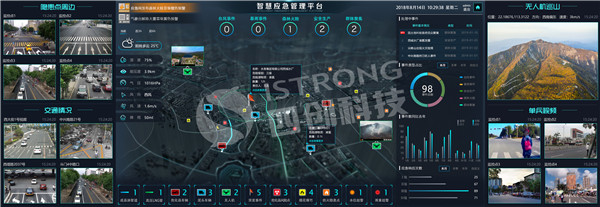
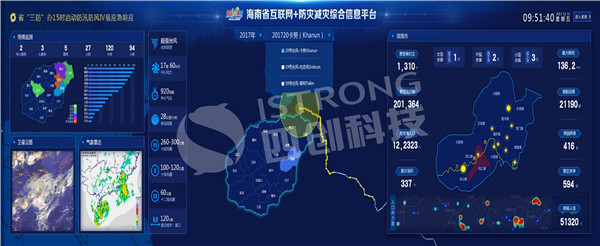
Situation Awareness
Relying on quick front-end sensing and association, we gather disaster-related information and establish disaster situation analysis models, risk situation analysis models, and other models for data analysis. This provides a comprehensive and integrated situation awareness view for emergency command.
Trend Analysis
ake full use of disaster loss assessment models, resource allocation analysis models, and multi-hazard coupling and secondary disaster evolution simulation models to achieve functions such as accident disaster development trend analysis, accident impact consequence analysis, and secondary disaster analysis.
Decision-making Solutions
Combining relevant emergency plans, standards and regulations, laws and regulations, accident cases, technical knowledge, and resource support, we provide suggestions for risk protection, rescue and disposal, and resource allocation. This offers decision-making support for scientific rescue and assists leaders in efficient emergency handling.
Improve the integrated access portals for emergency management e-government external network portals, e-government internal network portals, and internet government portals to promote emergency knowledge, plans, policies, and regulations, strengthen information exchange between various emergency management units, and provide an important platform for communication between the government and the public.
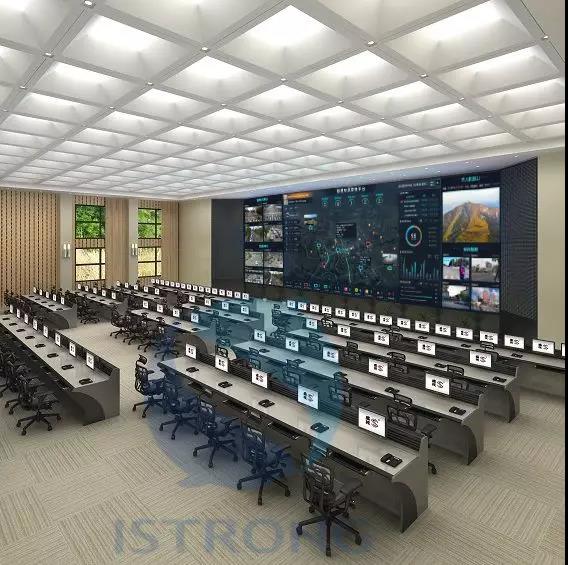
Constructing an emergency command center is an essential means to improve the government's ability to handle disasters and emergencies, provide prompt emergency rescue services for citizens, provide safer and more reasonable support for social and economic development, and embody the government's new functions.
Functional Highlights
1、Break down data barriers between departments and achieve information integration and sharing
2、Establish a new emergency collaboration mechanism to achieve multi-level and multi-departmental collaborative linkage
3、Utilize emerging internet technologies to achieve precise information release
4、Use knowledge graph technology to help identify risks promptly and remind responsible entities to eliminate potential hazards
5、With emergency plans as the main thread and events as the driving force, achieve a clear understanding of emergency command

